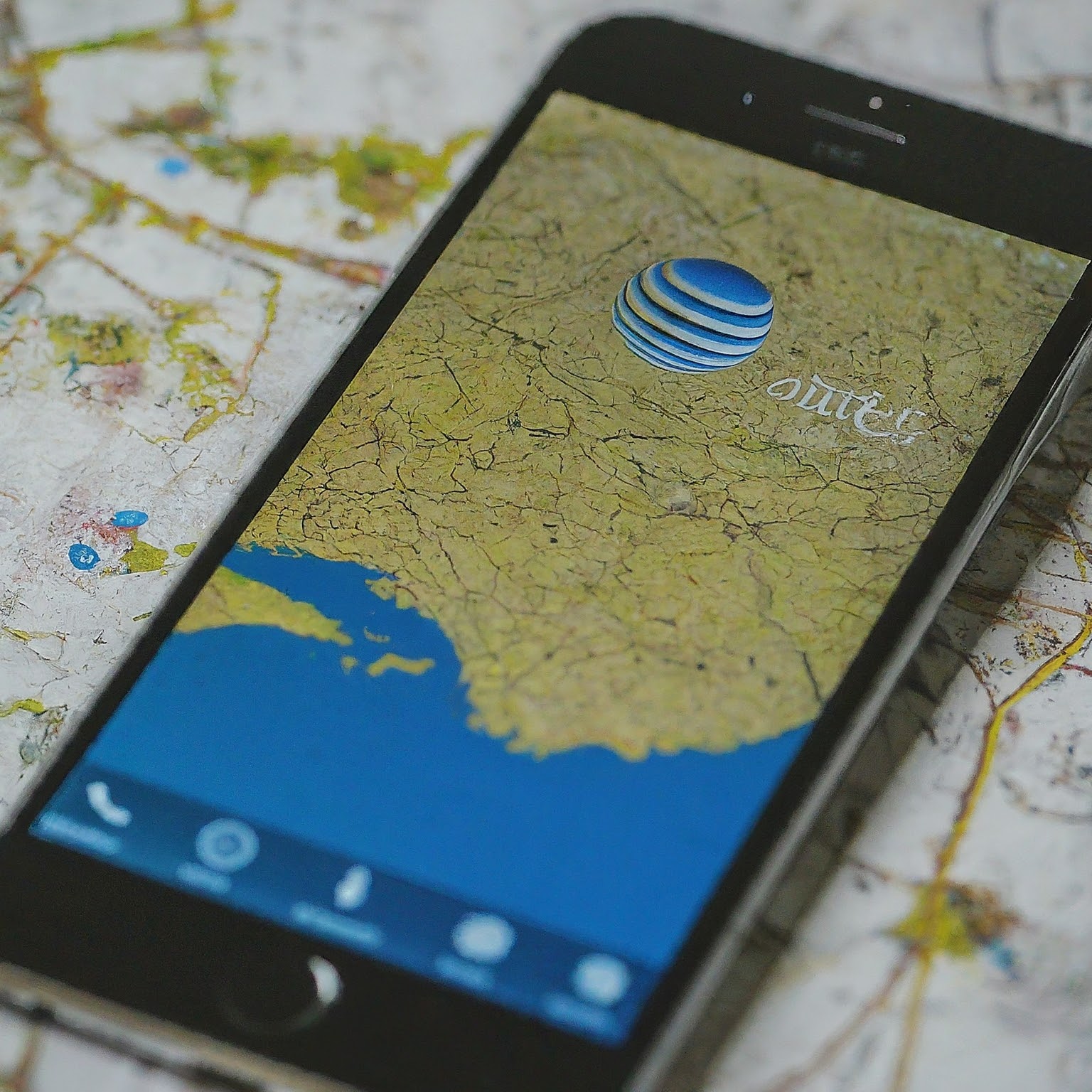AT&T 4G, also known as 4G LTE (Long-Term Evolution), has been a dominant force in the mobile network landscape for over a decade. It revolutionized the way we connect, offering significantly faster data speeds compared to its predecessor, 3G. But with the emergence of 5G, many users might wonder: Is AT&T 4G still relevant?

This comprehensive guide dives deep into AT&T 4G, exploring its benefits, limitations, and how it compares to the newer 5G technology. We’ll also discuss future plans for AT&T’s network and what users can expect.
Benefits of AT&T 4G
AT&T 4G boasts a range of advantages that continue to enhance the mobile experience:
- Faster Speeds: Compared to 3G, AT&T 4G offers significant speed improvements, enabling users to download and upload data much quicker. This translates to smoother streaming, faster browsing, and quicker file transfers.
- Improved Network Reliability: AT&T has invested heavily in its 4G network infrastructure, resulting in a more reliable connection with fewer dropped calls and improved signal strength in most areas.
- Widespread Coverage: AT&T 4G boasts extensive coverage across the United States, ensuring users stay connected in most locations.
- Wider Range of Devices: A vast majority of smartphones and mobile devices released in the past decade are compatible with AT&T 4G.
- Cost-Effective: AT&T offers various data plans catering to different usage needs. While 5G plans might be pricier, 4G plans can be a more budget-friendly option for users with moderate data consumption.
Limitations of AT&T 4G
While still a robust technology, AT&T 4G does have some limitations:
- Slower Speeds Compared to 5G: 5G offers significantly faster data speeds than 4G, enabling activities like high-definition video conferencing and near-instantaneous downloads.
- Network Congestion: In densely populated areas, AT&T 4G networks can experience congestion, leading to slower speeds and potential buffering during streaming.
- Limited Future-Proofing: As technology continues to evolve, applications and services might require faster speeds offered by 5G.
AT&T 4G vs. 5G: Understanding the Differences
Here’s a breakdown of the key differences between AT&T 4G and 5G:
| Feature | AT&T 4G | AT&T 5G |
| Technology | 4G LTE (Long-Term Evolution) | 5G (Fifth Generation) |
| Typical Download Speeds | 12-60 Mbps (Megabits per second) | 30-300 Mbps (and even higher in ideal conditions) |
| Latency | Higher latency (slower response time) | Lower latency (faster response time) |
| Network Coverage | Widespread coverage | Growing coverage, but not as extensive as 4G yet |
| Device Compatibility | Most modern devices are compatible | Limited device compatibility initially, expanding rapidly |
| Cost | Generally more affordable data plans | Often comes with more expensive data plans |
Choosing Between AT&T 4G and 5G:
The choice between AT&T 4G and 5G depends on your individual needs and priorities. Here’s a quick guide:
- Choose AT&T 4G if:
- You have a budget-conscious plan and moderate data usage.
- You live in an area with strong and reliable 4G coverage.
- You don’t require the absolute fastest speeds for your typical mobile activities.
- Choose AT&T 5G if:
- You need the fastest possible mobile data speeds for activities like high-definition streaming, gaming, or downloading large files.
- You live in an area with readily available 5G coverage.
- You’re willing to pay a premium for a more future-proofed network.
The Future of AT&T 4G
While 5G is undoubtedly the future of mobile networks, AT&T 4G will likely remain a significant player for several years to come. Here’s why:
- Gradual 5G Rollout: The complete rollout of 5G infrastructure will take time. AT&T 4G will continue to be a crucial technology during this transition period.
- Continued Investment: AT&T is likely to continue investing
لا تعليق